Analysis of Prescription Errors in Healthcare Facilities (Module 2)
VerifiedAdded on 2022/12/01
|6
|1575
|203
Report
AI Summary
This report provides a critical analysis of prescription errors within healthcare facilities, focusing on the implications for patient safety and medical practitioners. The introduction highlights the importance of health and the role of medication, emphasizing prescription errors as a significant contributor to medical errors. The report then delves into the causes of prescription errors, citing studies that identify factors such as unfavorable working environments, inadequate drug data, and poor teamwork. The impacts of these errors on patients, including potential harm and prolonged hospitalization, are discussed, along with the economic and emotional consequences for patients, their families, and healthcare professionals. The report concludes by suggesting strategies for nurses, particularly those in specialized areas like the Epilepsy ward, to reduce prescription errors, including maintaining competence in pharmacology, proficiency in dosage calculations, and fostering professional relationships. The report references multiple studies to support its findings and recommendations.
1 out of 6
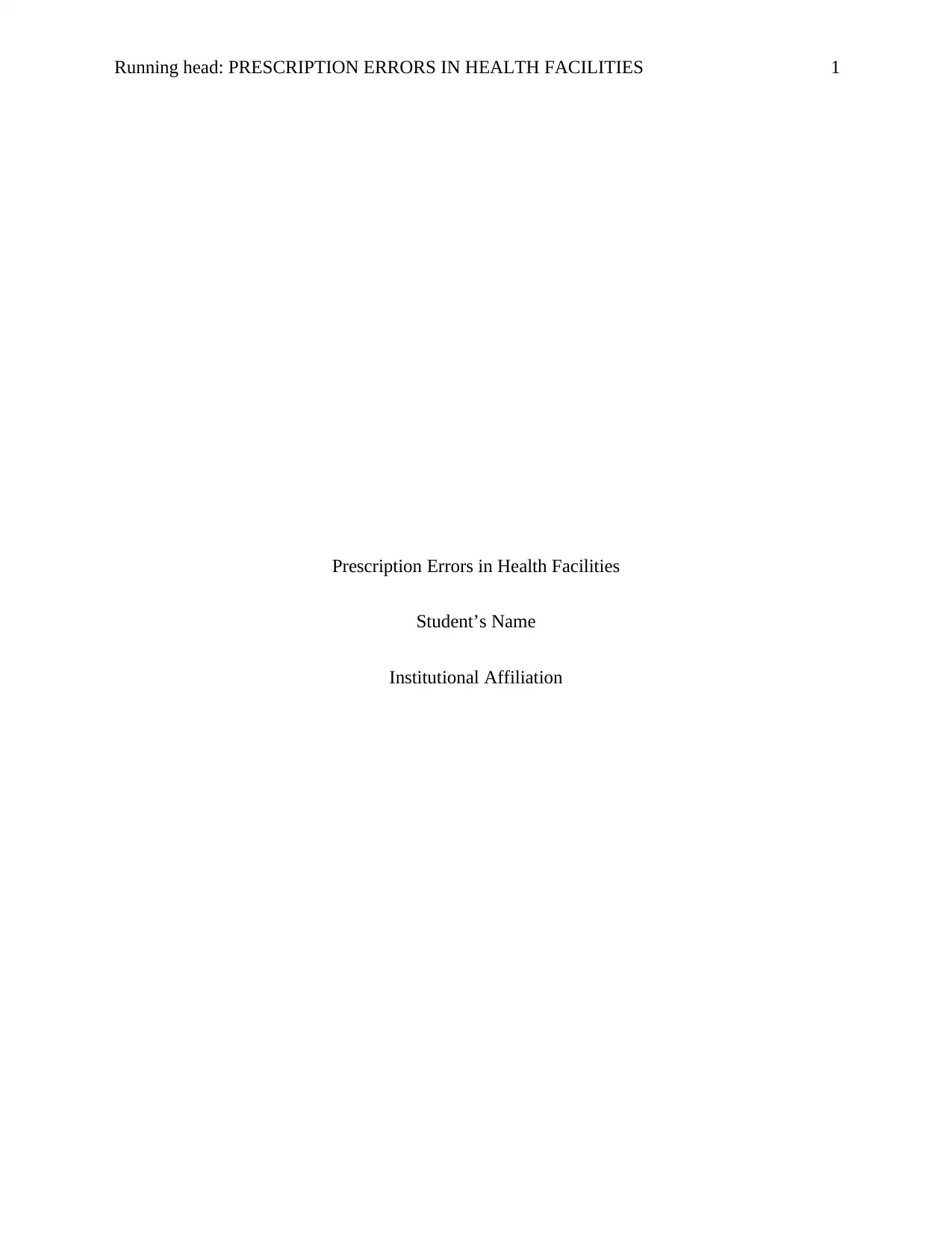
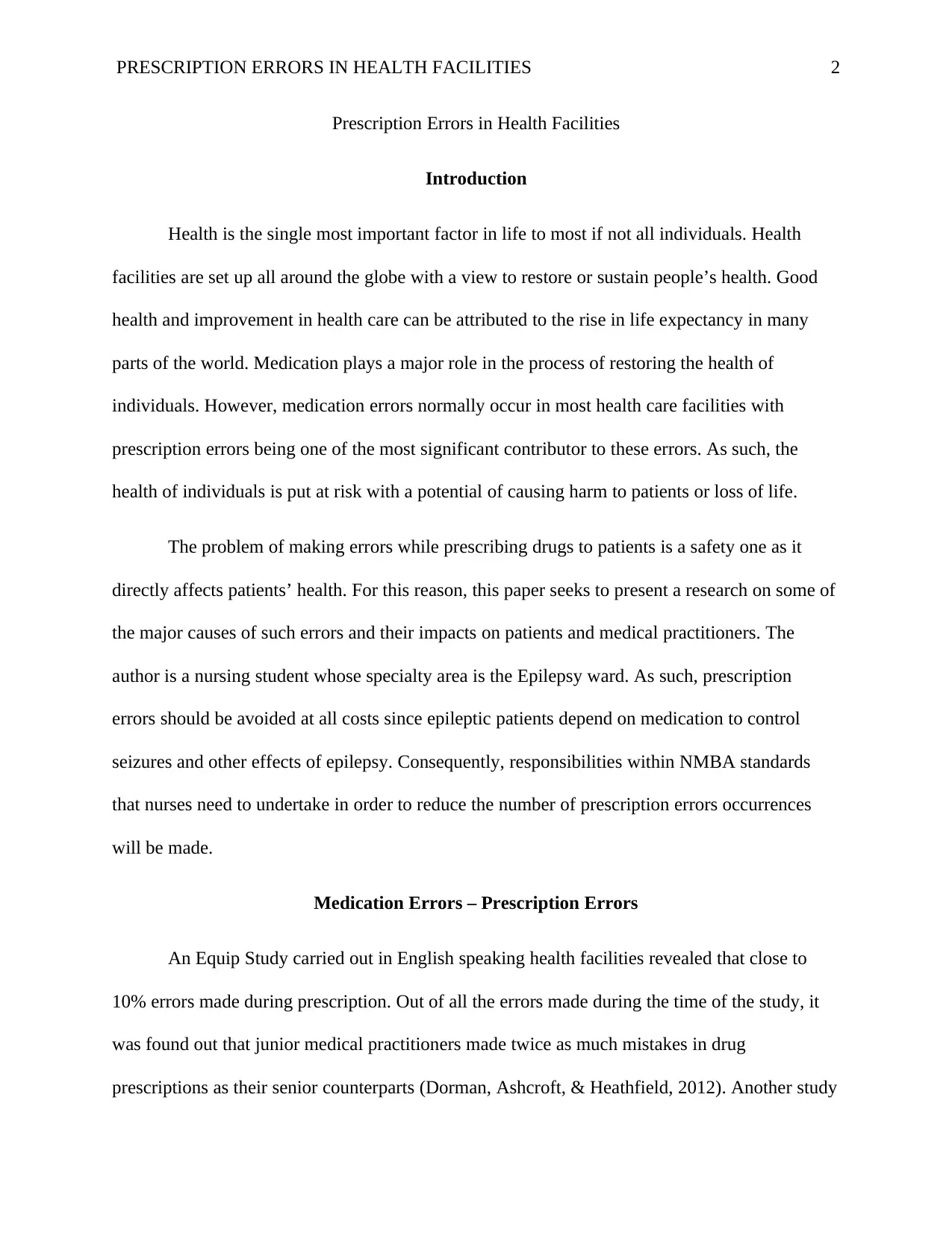
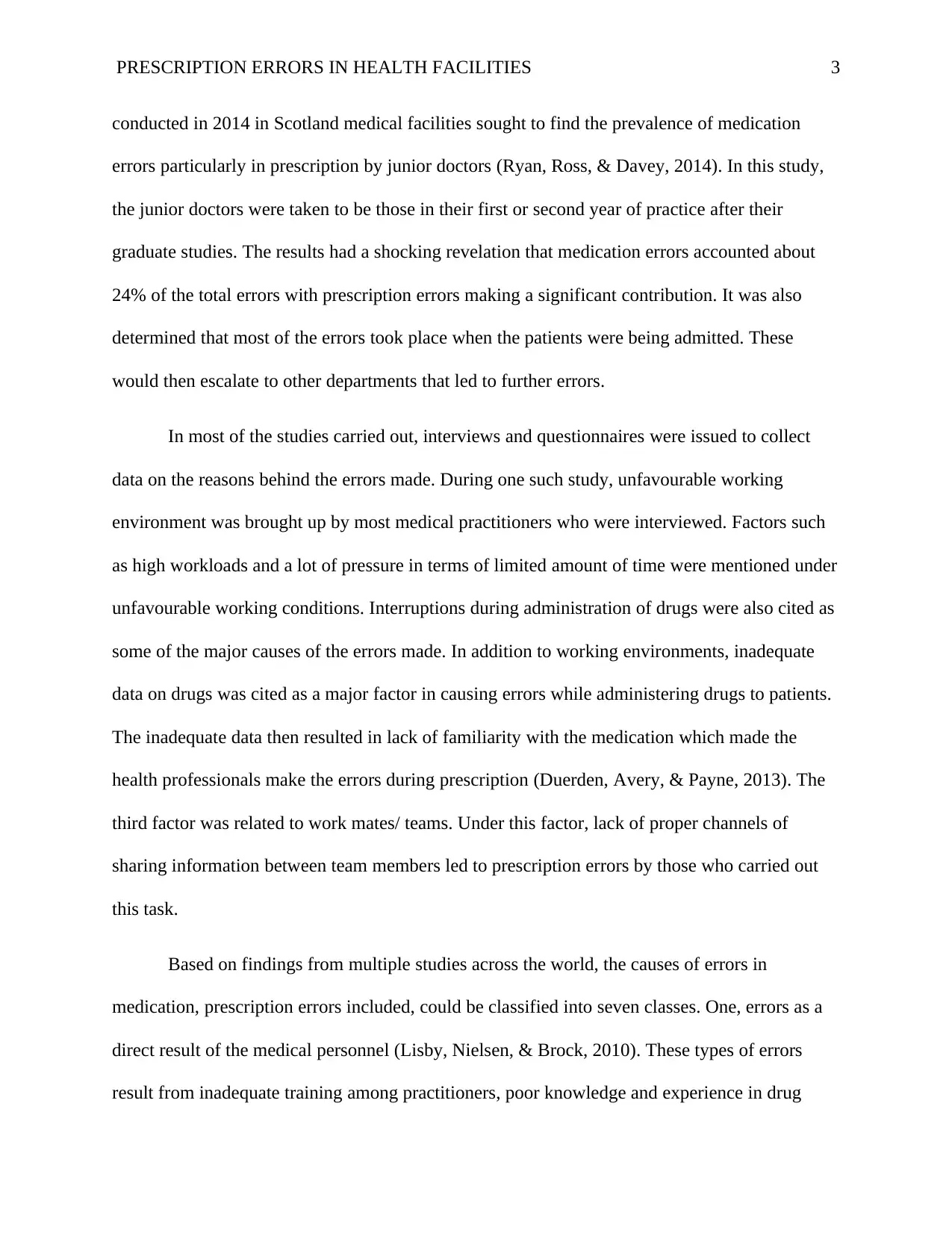
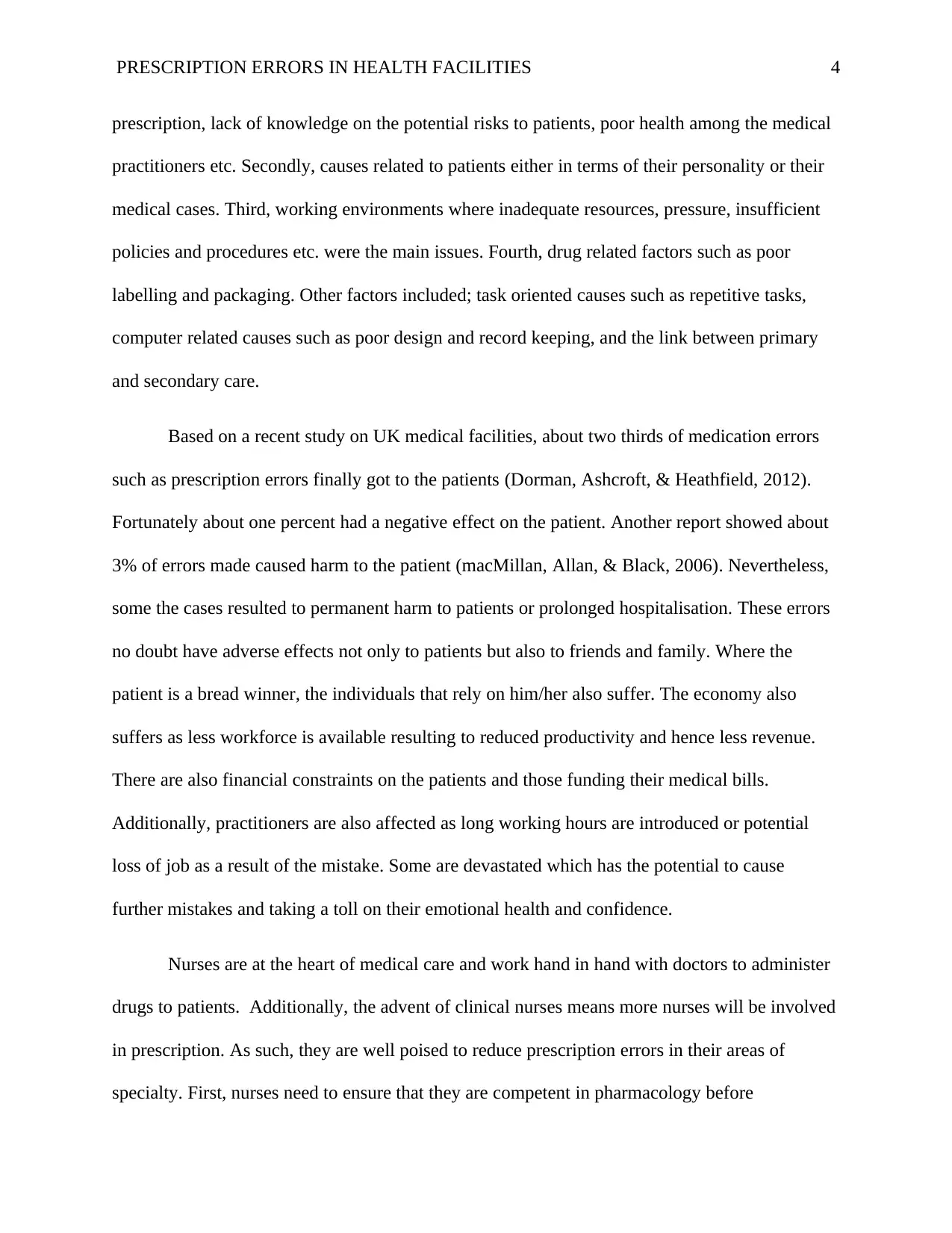
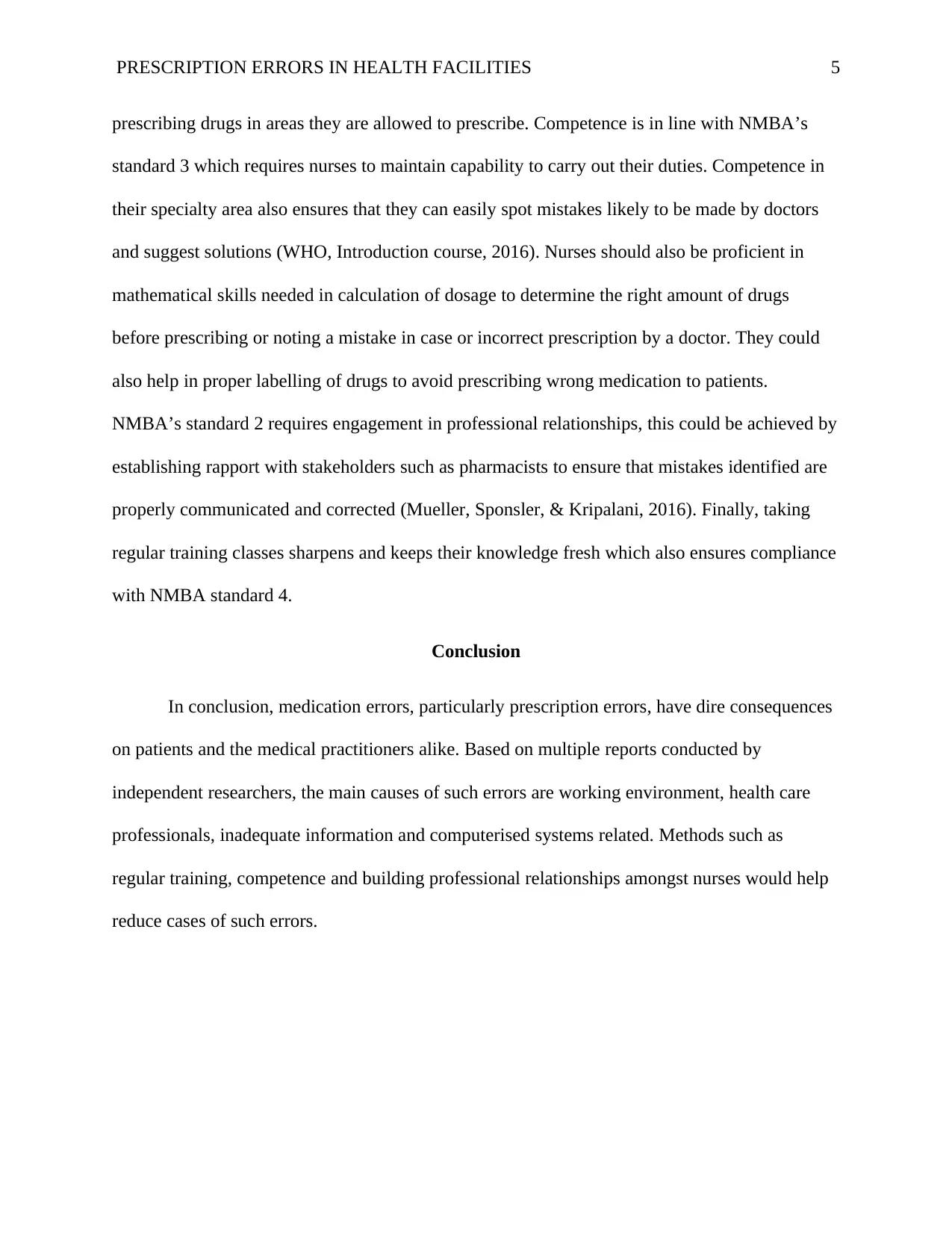
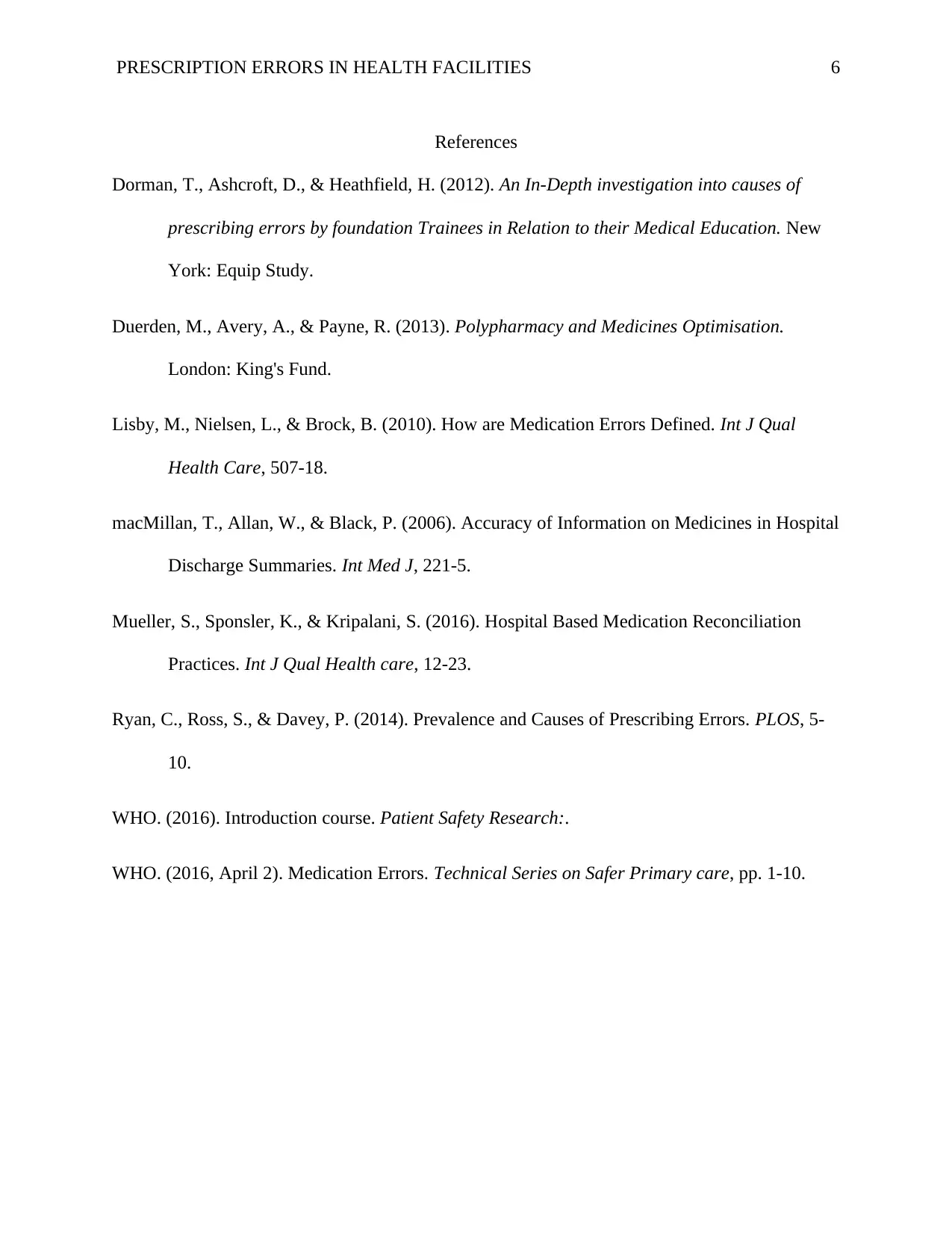





![[object Object]](/_next/static/media/star-bottom.7253800d.svg)